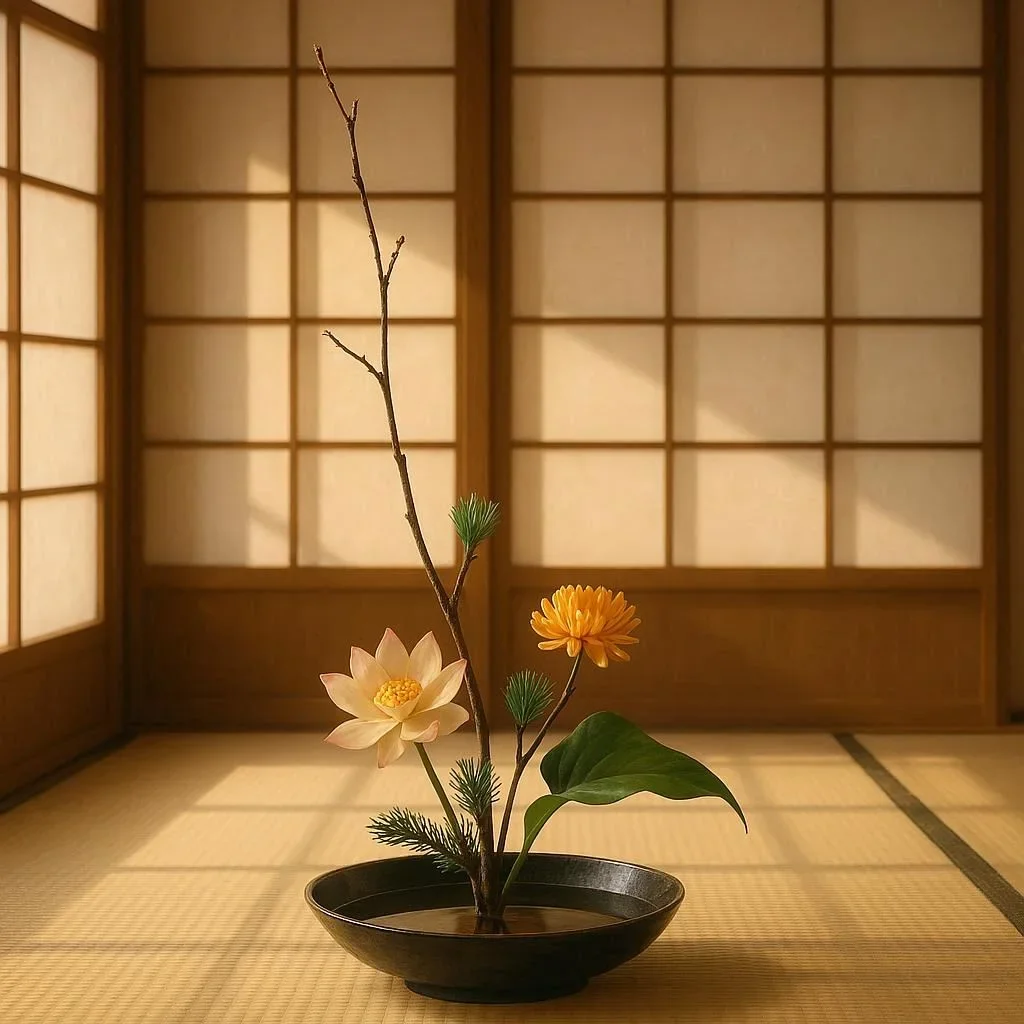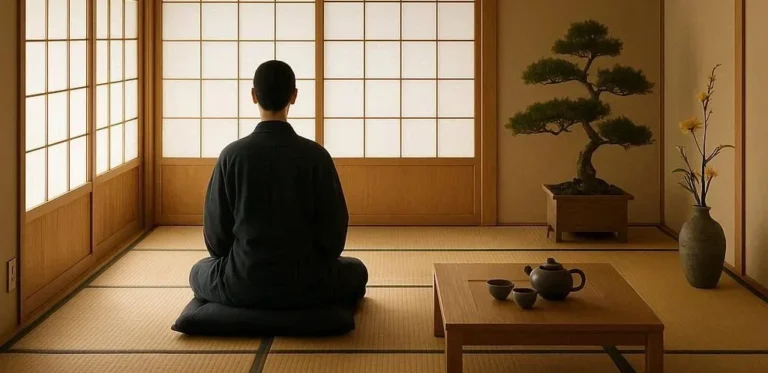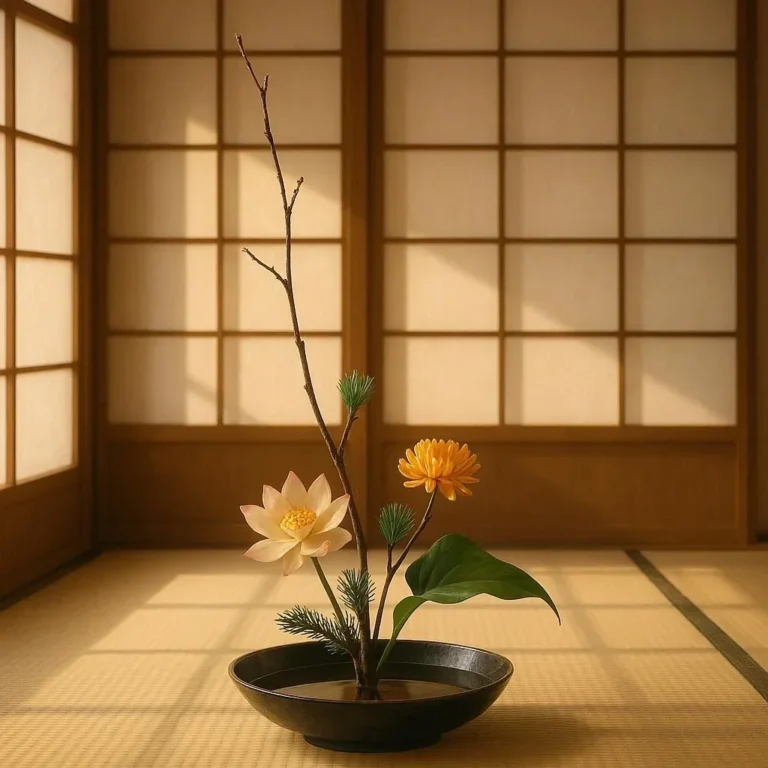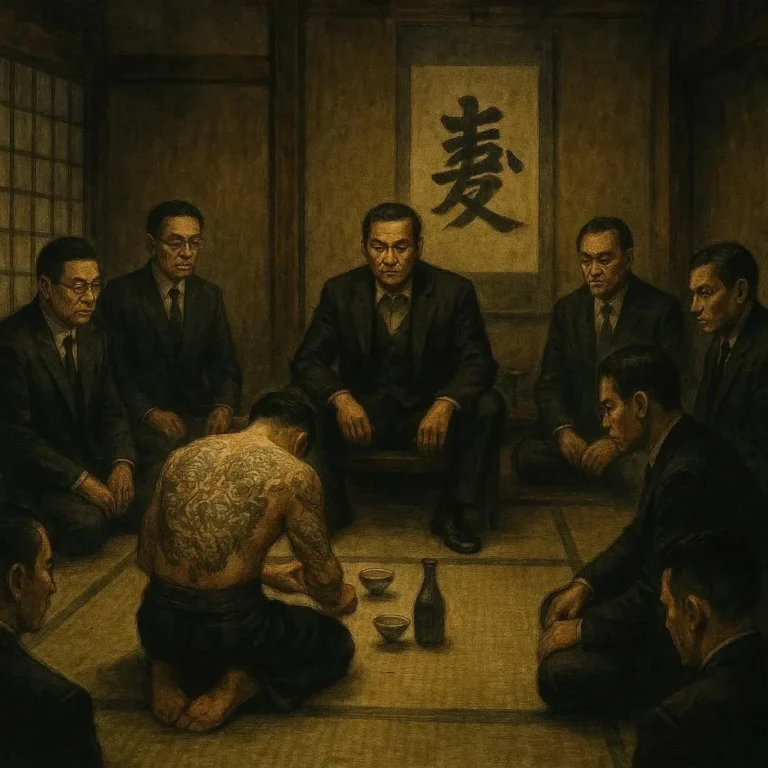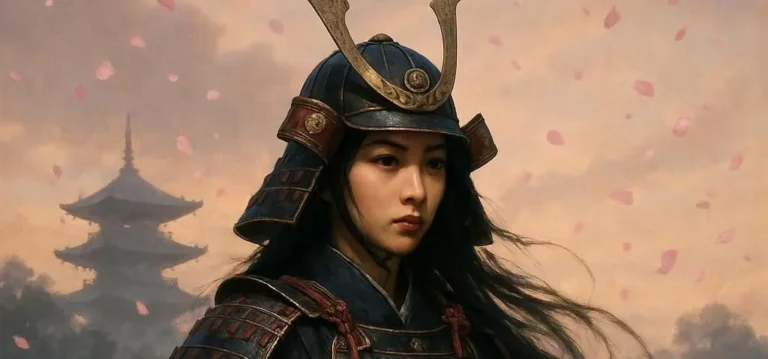505 views The Symbolism Behind Japanese Gardens and Their Design
Japanese gardens are renowned worldwide for their serene beauty, meticulous design, and profound symbolism. These gardens are not merely spaces for relaxation or aesthetic pleasure; they are deeply rooted in cultural, philosophical, and spiritual traditions. Each element in a Japanese garden has a specific meaning, reflecting the country’s rich history and its people’s connection with nature. In this blog post, we will explore the symbolism behind Japanese gardens and their design, uncovering the hidden meanings and the philosophy that shapes these enchanting landscapes.
The History and Philosophy of Japanese Gardens
Japanese gardens have a history that spans over a thousand years. They were initially influenced by Chinese garden designs but evolved to become uniquely Japanese, reflecting the country’s distinct culture and philosophy. The design of Japanese gardens is heavily influenced by Buddhism, Shintoism, and the concept of “wabi-sabi” (acceptance of transience and imperfection).
Buddhism introduced the idea of creating spaces that facilitate meditation and spiritual reflection. Shintoism, on the other hand, emphasized the sacredness of nature and the belief that natural elements are inhabited by spirits. These philosophical underpinnings are still evident in the design of modern Japanese gardens, making them not just beautiful but also meaningful.
Fundamental Elements of Japanese Gardens
A Japanese garden is a harmonious blend of various elements, each chosen for its symbolic value. The careful selection and arrangement of these elements create a balanced and tranquil environment. Let’s delve into the most common elements found in Japanese gardens and their symbolism.
1. Stones (Ishishi)
Stones are one of the most important elements in a Japanese garden. They are often used to represent mountains, islands, or even abstract concepts. Stones are carefully selected and placed to create a sense of balance and harmony. In a Zen garden, stones are raked into patterns in the sand, symbolizing waves or ripples, which are meant to inspire contemplation and reflection.
Stones also symbolize stability and endurance. In a tea garden, stones are often used to create a path that leads visitors through the garden, symbolizing the journey of life. The placement of stones is never random; it is always deliberate and meaningful.
2. Water (Mizu)
Water is another essential element in Japanese gardens. It can be found in the form of ponds, streams, waterfalls, or even a small basin. Water symbolizes life, renewal, and the flow of time. In a Japanese garden, water is often used to create a sense of movement and dynamism, contrasting with the stillness of stones and plants.
In a Zen garden, water is often represented by sand or gravel, which is raked to create wave patterns. This symbolizes the constant change and flow of life. In some gardens, water is used to create a sense of separation between the garden and the outside world, symbolizing the boundary between the sacred and the profane.
3. Plants and Trees (Shokubutsu)
Plants and trees in a Japanese garden are carefully chosen for their symbolic meanings. For example, pine trees (matsu) are a symbol of longevity and fidelity, while cherry blossoms (sakura) symbolize the fleeting nature of life. Maple trees (kaede) are often used to symbolize the changing seasons and the passage of time.
Bamboo is another common plant in Japanese gardens. It is highly valued for its flexibility and strength, symbolizing resilience and adaptability. Moss is often used to cover the ground, symbolizing harmony and unity with nature.
Plants are also used to create different moods and atmospheres within the garden. For example, bright red maple leaves in autumn create a vibrant and dynamic atmosphere, while the soft green of moss creates a calm and serene one.
4. Bridges (Hashi)
Bridges in a Japanese garden are not just functional; they hold deep symbolic meaning. They often symbolize the transition from one state of being to another. For example, a bridge may symbolize the transition from the earthly world to the spiritual world, or from one stage of life to another.
Bridges are also used to create a sense of journey and exploration within the garden. They invite visitors to cross over and explore different parts of the garden, symbolizing the journey of life and the quest for enlightenment.
5. Lanterns (Tōrō)
Lanterns are a common feature in Japanese gardens, particularly in tea gardens. They are often made of stone, wood, or metal and are used to light the way for visitors. Lanterns symbolize wisdom, illumination, and the guidance of the soul.
In a tea garden, lanterns are often placed at the entrance to symbolize the transition from the outside world to the sacred space of the garden. They are also used to create a sense of warmth and hospitality, welcoming visitors to the garden.
Types of Japanese Gardens
Japanese gardens can be classified into different types, each with its own unique design and symbolism. Here are some of the most common types of Japanese gardens:
1. Zen Gardens (Zen-niwa)
Zen gardens are designed to facilitate meditation and spiritual reflection. They are often simple in design, featuring raked gravel or sand, strategically placed stones, and minimal vegetation. The raked patterns in the sand symbolize waves or ripples, while the stones represent mountains or islands.
Zen gardens are meant to create a sense of emptiness and simplicity, encouraging visitors to focus their minds and achieve a state of inner peace. They are often associated with Zen Buddhism and the concept of “mu” (nothingness).
2. Tea Gardens (Chaniwa)
Tea gardens are designed to create a setting for the traditional Japanese tea ceremony. They are often small and intimate, featuring a tea house, a stone basin for purification, and a carefully designed path leading to the tea house.
The design of a tea garden is deeply rooted in the philosophy of wabi-sabi, which emphasizes the beauty of imperfection and simplicity. The garden is meant to create a sense of harmony and balance, preparing the mind and spirit for the tea ceremony.
3. Stroll Gardens (Kaiyū-shiki Teien)
Stroll gardens are designed to be explored and enjoyed while walking. They often feature winding paths, ponds, waterfalls, and strategically placed stones and plants. These gardens are meant to create a sense of journey and discovery, inviting visitors to explore and experience the garden’s beauty.
Stroll gardens often incorporate elements of nature, such as mountains, rivers, and forests, creating a miniaturized version of the natural world. They are often associated with the concept of “shakkei” (borrowed scenery), where elements outside the garden are incorporated into the design.
4. Dry Gardens (Karesansui)
Dry gardens, also known as rock gardens, are similar to Zen gardens in their simplicity. They feature raked gravel or sand and strategically placed stones, with minimal or no vegetation. Dry gardens are meant to create a sense of aridity and simplicity, symbolizing the harshness and beauty of nature.
Dry gardens are often associated with the concept of “yūgen” (profound and mysterious sense of the beauty of the world), encouraging visitors to contemplate the deeper meaning of life.
The Cultural and Philosophical Significance of Japanese Gardens
Japanese gardens are more than just beautiful spaces; they are repositories of cultural and philosophical knowledge. They reflect the Japanese people’s deep connection with nature and their understanding of the human condition.
1. The Concept of Nature
Japanese gardens are deeply rooted in the concept of nature. They are designed to reflect the natural world, with elements such as stones, water, and plants arranged to create a sense of harmony and balance. The garden is meant to be a microcosm of the natural world, inviting visitors to connect with nature and find inner peace.
2. The Concept of Time
Japanese gardens often incorporate elements that symbolize the passage of time. For example, the changing colors of the seasons are reflected in the garden’s plants and trees, symbolizing the cycle of life and death. Water, which is constantly flowing, symbolizes the relentless passage of time.
3. The Concept of Space
Japanese gardens are designed to create a sense of space, both physical and spiritual. The careful arrangement of elements creates a sense of balance and harmony, inviting visitors to experience the garden’s space in a meaningful way.
4. The Concept of Spirituality
Japanese gardens are deeply spiritual spaces. They are designed to facilitate meditation, reflection, and spiritual growth. The garden’s elements are meant to inspire a sense of awe and wonder, encouraging visitors to contemplate the deeper meaning of life.
The Modern Relevance of Japanese Gardens
Japanese gardens continue to be relevant in the modern world. They offer a space for relaxation, reflection, and spiritual growth in an increasingly fast-paced and stressful world. The philosophy and symbolism behind Japanese gardens provide valuable insights into how we can live in harmony with nature and find balance in our lives.
In addition, Japanese gardens have inspired the design of modern landscapes and public spaces. Their emphasis on simplicity, harmony, and natural beauty has influenced architects and landscape designers around the world.
Conclusion
Japanese gardens are more than just beautiful spaces; they are a reflection of the Japanese people’s deep connection with nature and their rich cultural and philosophical heritage. Each element in a Japanese garden has a specific meaning, inviting visitors to explore and experience the garden’s beauty and symbolism.
By understanding the symbolism behind Japanese gardens and their design, we can gain a deeper appreciation for these enchanting landscapes. Whether you are interested in history, philosophy, or simply the beauty of nature, a Japanese garden has something to offer everyone.
So, the next time you visit a Japanese garden, take your time to explore its elements and reflect on their meaning. Let the garden’s beauty and symbolism inspire you to find inner peace and harmony in your life.

